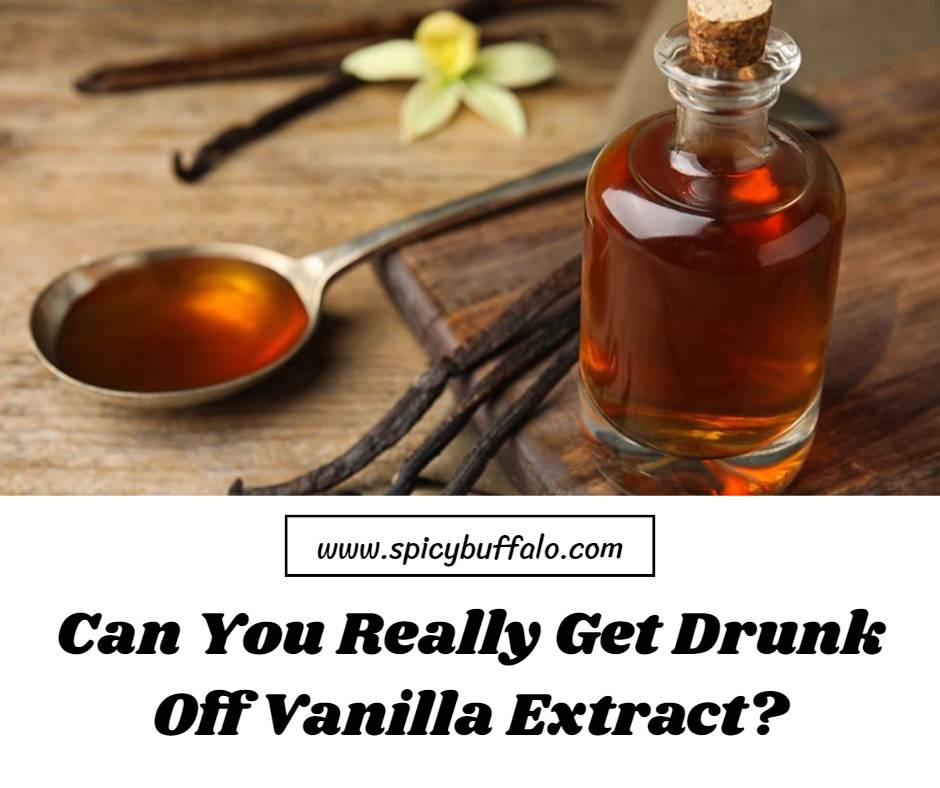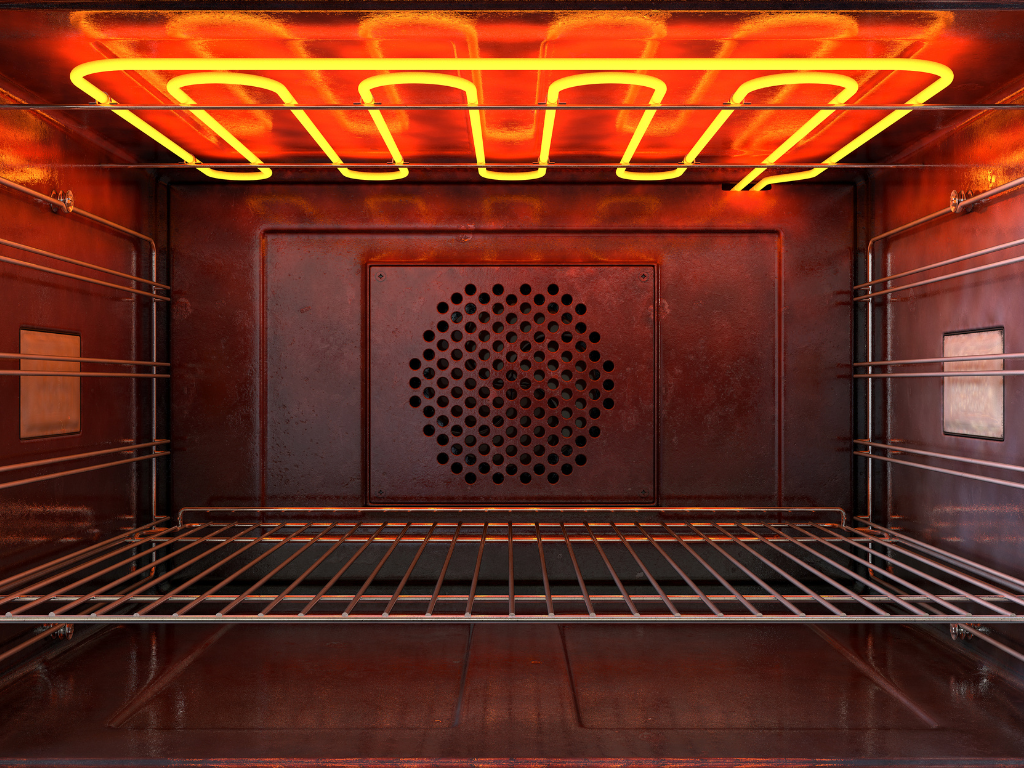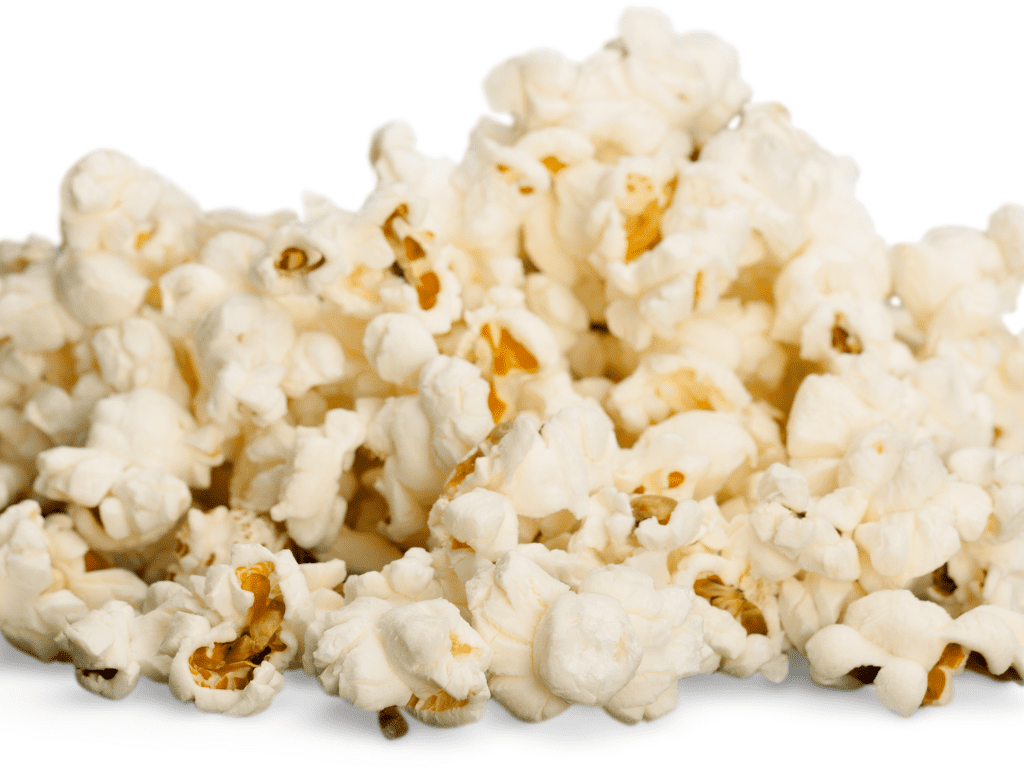
Here’s a fun fact you can share during your next happy hour: you can get drunk off of vanilla extract. We’re not joking. Per Bon Appétit, downing the fragrant brown liquid can lead to a buzz, not unlike the one you get from some of your favorite spirits — though it will take more than a standard 1.5 ounce shot to get you sloshed (via the NIAAA). According to Kitchen At The Store, one typically needs to drink about four to five ounces of pure vanilla extract to start feeling drunk.
That definitely does not sound as appealing as sipping on a margarita, nor do we recommend doing it (one Reddit user says it will lead to “the worst hangover of your life”). But it has been done, and more than once.
Back in 2019, NBC reported that a Connecticut woman was issued a DUI after drinking several bottles of the baking ingredient. The same year, a high school in Georgia had to put out a warning to parents after they found that kids were spiking their morning coffee with Pure Bourbon Vanilla Extract from Trader Joe’s, causing one student to be hospitalized (via News10).
So, what is it that makes vanilla extract so potent? Just a little thing called 35 percent alcohol content, which is the minimum requirement set by the Food and Drug Administration for vanilla extract to actually be considered vanilla extract (via Taste of Home).
Vanilla extract has the same alcohol content as some liquors
That’s right, the tiny bottle of vanilla extract sitting in your spice cabinet that goes into cakes and cookies has an alcohol content of 35 percent, the same amount found in liquors like Jägermeister and Captain Morgan’s rum (via Bon Appétit). However, you don’t have to take a trip to a special store or show your I.D. to purchase the stuff.
According to Bon Appétit, a law that dates back to Prohibition is the reason why vanilla extract is stocked at the supermarket rather than liquor stores. The story goes that when the United States banned alcohol with the Eighteenth Amendment in 1919, the Flavors and Extract Manufacturers Association (or FEMA) lobbied congressmen to exempt their products from being considered one of the banned substances so as not to “destroy our legitimate businesses.”
Fortunately for them, the government listened and exempted “nonpotable” flavor extracts from being outlawed with the rest of the alcoholic beverages prohibited under the Volstead Act enacted in 1920. This also set up extracts of vanilla and other flavors to be regulated by the FDA as a “food product” after Prohibition ended, which is why you can pick it up at the grocery store when you want to make a batch of chocolate chip cookies.
That being said, if you are looking to have a little fun (responsibly!), please, don’t pour up a glass of straight vanilla extract just because it’s available and has the ability to do the trick. Maybe try some nice RumChata instead.
If you’ve ever wondered why on earth you should buy pure vanilla extract at $29.99 for 12 ounces when you could get the fake stuff for $6.49 a GALLON, look no further. There are real differences between pure vanilla, made from delicate orchid beans (yes), and artificial vanilla, literally made from petrochemicals and wood (via Scientific American).
Vanilla extract may be a splurge, but it’s usually worth the dough (via Kitchn). However, you can still use artificial vanilla in recipes where other flavors dominate — why use the good stuff where no one will taste the difference?
So here’s how pure vanilla extract is made: vanilla beans soak in alcohol to extract their unique flavor, and according to the FDA, you can only call your product vanilla extract if it’s up to their specifications (via The Spruce Eats): no less than 13.35 ounces of vanilla beans per gallon and no less than 35 percent ethyl alcohol (via FDA).
Pure vanilla extract is so pricey because vanilla beans come from an orchid that is very labor-intensive to grow and is mostly found in just a few hot, humid locales like Madagascar (via Huffington Post). The pods grow once the orchid is hand-pollinated and blooms, then put into hot water and laid out to dry for months. Only then does the extraction process begin.
Most imitation vanilla, on the other hand, is mostly made with vanillin made from guaiacol, which is a precursor to a petrochemical (or a chemical derived from refining oil or gas), according to Scientific American.
Yup. The rest is produced with lignin, which comes from wood (via Science Direct). That’s why it’s so cheap. And according to the Spruce Eats, imitation vanilla products often have a somewhat bitter after taste for people with sensitive palates. So, pro bakers say, if you’re going for a vanilla custard, vanilla frosting, or vanilla cake — opt for the more delicate pure vanilla.
The good news is, you probably won’t be able to tell the difference between the two versions in a dessert whose primary flavor isn’t vanilla, like chocolate, spice cakes, or cookies with a lot of mix-ins. One expert recommended to The Kitchn to use a healthy balance between the two: save “the good stuff” for when vanilla flavor needs to shine, but in recipes with more bold flavors, artificial will do.
How much vanilla extract should you store?
2 oz. – 1/3 cup fresh vanilla beans (about 300 beans) per gallon of alcohol (1 gallon = 4 cups) will cover your needs for baking and household use. Try not to let it turn real old though before opening so as to retain flavor and aroma (also, if you do open a bottle up before the date on there is no need to use it immediately).
What happens if you drink vanilla extract?
Not much. Rumor has it that it’s not as dangerous as some other toxins, but you’ll still want to avoid it. If you do consume a large amount of the stuff, you might experience nausea, vomiting and diarrhea. In very large doses, vanilla extract can be poisonous, but even in those instances people suffered no more than a few hours of those symptoms (via AARP).
If I’m out of vanilla extract what can I use instead?
A good alternative is coffee extract! It will give your coffee or any other dessert or drink a wonderful flavor! Just add 1/2 cup of mix with 2 cups of water and simmer for 10 minutes before adding it to your batter or recipe.
Can vanilla make you drunk?
Yes, if you consume too much of it. However, due to the relatively low alcohol content of vanilla extract that wouldn’t take much holding about 35% (the equivalent to Jägermeister liquor), this would be very hard to do accidentally.
What does vanilla extract taste like?
Vanilla extract actually doesn’t have a very strong flavor without a liquid base. When it’s added to any type of liquid, it adds a rich, intense vanilla flavor and aroma with woodsy, darker notes. It’s often used in everything from ice cream to cookies to cakes and even savory recipes like stews.
Vanilla extract is a great accessory to have in your kitchen. But like other vanilla products, it’s expensive and you need to ask yourself- how much will I use and how often? The fact that it’s made from real vanilla beans might make the price tag sting a little less. It’s also one of those things that you don’t always need but when you do, good luck finding any other substitute.













